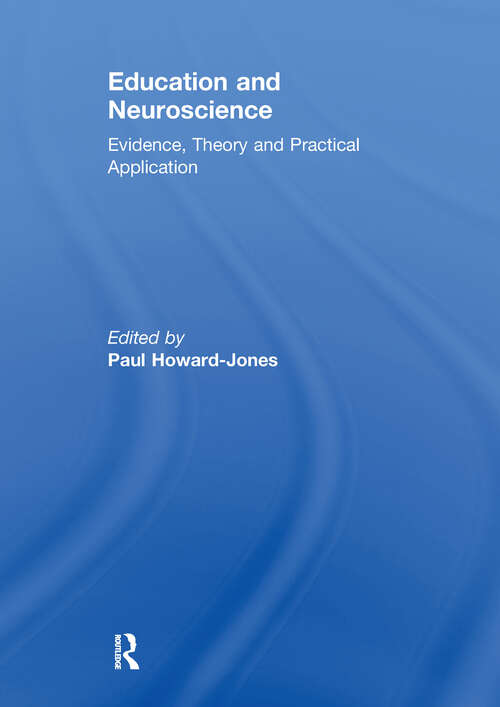
Education and Neuroscience: Evidence, Theory and Practical Application
General non-fiction, Medicine
Synthetic audio, Automated braille
Summary
This book brings together contributions from scientists and educators at the forefront of interdisciplinary research efforts involving neuroscience and education. It includes consideration of what we know about brain function that may be relevant to educational areas including reading, mathematics,… music and creativity. The increasing interest of educators in neuroscience also brings dangers with it, as evidenced by the proliferation of neuromyths within schools and colleges. For this reason, it also reviews some of the more prominent misconceptions, as well as exploring how educational understanding can be constructed in the future that includes concepts from neuroscience more judiciously.This book will be of interest to educators, policymakers and scientists seeking fresh perspectives on how we learn.This book was published as a special issue in Educational Research, a journal of the National Foundation for Educational Research (NFER).